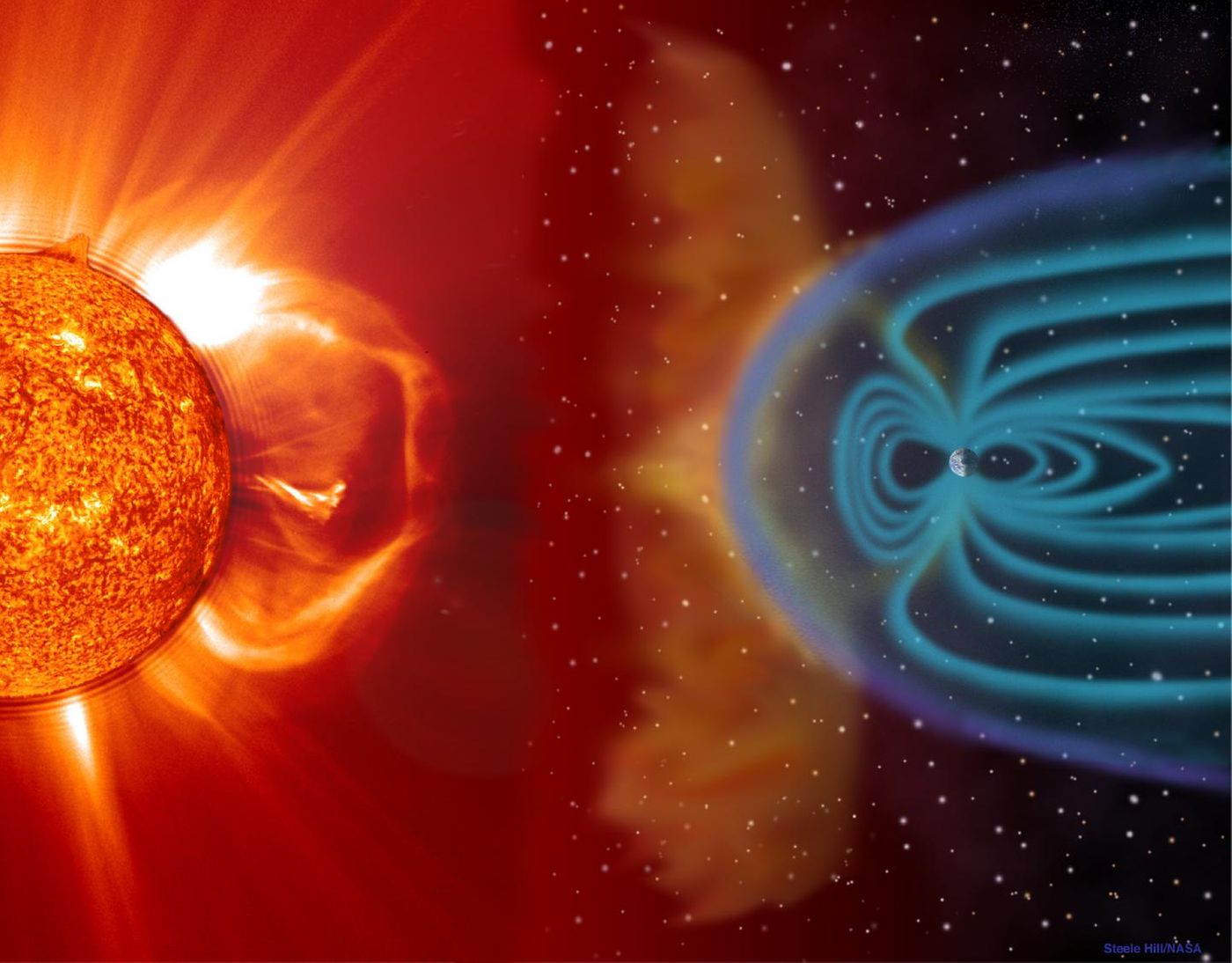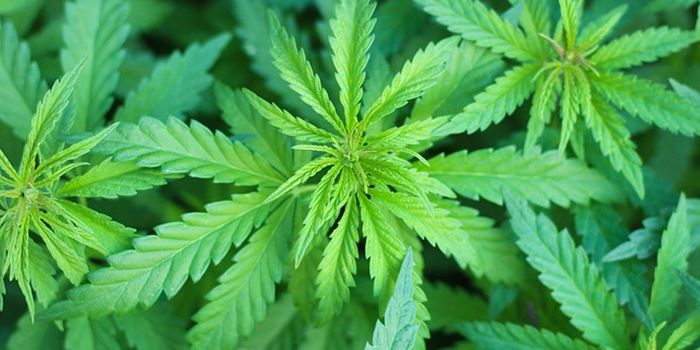Protecting Astronauts from Space Weather
NASA’s exploration into the effects of solar storms and supernovae on astronauts in space gives new meaning to the phrase “inclement weather.” Because of the high-energy, dangerous radiation that acts as “precipitation” during these events, scientists are looking for shields and drugs to protect astronauts that go farther into space every day.
Solar storms and supernovae are the thunderstorms and tornadoes of space that deliver ionizing radiation instead of temporary power outages and flooding. Space weather radiation is different from terrestrial radiation, and it can be extremely dangerous for astronauts as they become equipped to travel farther away from Earth’s “protective magnetic field.”
Space weather can either cause acute radiation sickness or lead to health repercussions years after the astronauts return to Earth. Acute radiation sickness must be addressed right away, but astronauts often don’t feel the effects of space weather or even observe the events, making space weather a “silent hazard.”
Space weather events can emit high-energy galactic cosmic rays (GCRs), which have a long-lasting, usually latent effect on the human body, leading to central nervous system disorders, cancer, and cardiovascular disease. NASA experts still do not know exactly how GCRs contribute to the development of these life-threatening diseases, but a connection to chronic inflammation, increased oxidative stress, and pulmonary changes is likely part of the problem.
NASA’s Human Research Program (HRP) is dedicated to studying the effects of space radiation on astronauts: how to monitor space weather and how to protect astronauts in space when an event is upcoming. "Dosimeters and modeling techniques are used to determine how much energy is deposited in the space explorer's bodies along with inflight tools to try to estimate what type of biological effects they might be experiencing," explained NASA research physicist Tony Slaba, PhD. Dosimeters are devices specifically designed to measure ionizing radiation exposure.
The HRP is also working on the development of space weather forecasting tools.
Even the best SPF wouldn’t provide even the slightest protection from radiation for astronauts in space, but the HRP is also working out this problem. While the first thought was to create a shield to protect astronauts from being hit by damaging rays, researchers from NASA actually found that drugs might provide better protection, considering how powerful the rays are.
NASA scientists don’t have all the solutions yet, but new diagnostic and modeling technologies have them close to developing a solution to protect astronauts both while they are in space and when they have come home.
Sources: Physics in Medicine & Biology, NASA/Johnson Space Center









